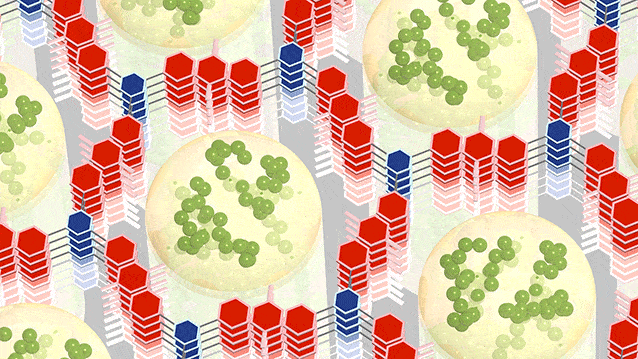
A novel nanomaterial combines the best of batteries and supercapacitors. The new storage device has a high energy density but also fast charge and discharge time. The Northwestern University researchers who were responsible for the new hybrid device say electric cars could charge significantly faster and improve their driving range using this technology.
In it’s simplest form, a capacitor is made of two parallel plates with a dielectric material in between them, keeping them apart. When a voltage is applied over the two plates an electric field is created, with one of the plates being positively charged while the other is negatively charged. Thus, charge or energy becomes stored in the capacitor in the form of an “electrostatic field” between the two plates.
Once it’s charged, a capacitor basically stores that energy like a battery — the bigger the capacitor the more charge you can store. For instance, there are tiny plastic capacitors in your computer to supply power to the integrated circuits but also ultracapacitors that are powerful enough to power a commuter bus.
In a supercapacitor, there is no dielectric between plates; rather, there is an electrolyte and a thin insulator such as cardboard or paper. When you charge a supercapacitor, ions build on either side of the insulator to generate a double layer of charge. So, although they’re limited by a lower voltage (otherwise the electrolyte is destroyed), supercapacitors can hold much more energy than a capacitor.
While batteries and capacitors may seem very similar, there are crucial differences between the two. The potential energy in a capacitor is stored in an electric field, where a battery stores its potential energy in a chemical form.
Chemical storage of energy yields greater energy densities (capable of storing more energy per weight) than capacitors. However, when a battery is discharging it can be slower than a capacitor’s ability to discharge because there is a latency associated with the chemical reaction to transfer the chemical energy into electrical energy.
The major takeaway is that batteries store energy in chemicals while capacitors store them in electric fields. Also, capacitors charge and discharge quickly (at least ten times faster), last longer, but can store a lot less energy per weight than batteries.
Combining the best of these worlds might yield significant benefits, yet this has always proven to be an engineering challenge. Northwestern University chemist William Dichtel and colleagues claim they’ve edged really close to achieving a reliable hybrid by mixing covalent organic frameworks (COFs) — a strong and stiff polymer littered with tiny pores — and a very conductive material. COFs are also inexpensive and easy to make compared to carbon-based materials for pseudocapacitor electrodes.
“COFs are beautiful structures with a lot of promise, but their conductivity is limited,” Dichtel said. “That’s the problem we are addressing here. By modifying them — by adding the attribute they lack — we can start to use COFs in a practical way.”
The team devised a coin-sized battery cell starting from an electrode surface. Organic molecules are then carefully guided to self-assemble and condense into a honeycomb grid onto the substrate. In the resulting holes or pores, the researchers then deposited a conducting polymer. Each pore is very tiny, only 2.3 nanometers in width or roughly 40,000 times thinner than a human hair or sheet of paper. The COF, however, is full of these pores which add up to a lot of surface area.
Tests show that the nanomaterial can store roughly 10 times more electrical energy than the unmodified COF, and it can get the electrical charge in and out of the device 10 to 15 times faster. Stability was also reported to be outstanding as the material performed reliably even after 10,000 charge/discharge cycles, as reported in ACS Central Science.
“It was pretty amazing to see this performance gain,” Dichtel said. “This research will guide us as we investigate other modified COFs and work to find the best materials for creating new electrical energy storage devices.”






